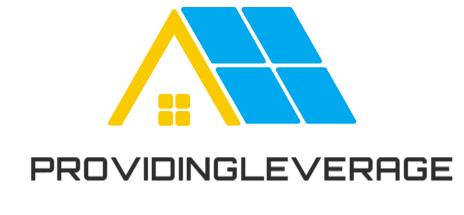For years, I approached work from a place of scarcity.
Scarcity of time.
Scarcity of energy.
Scarcity of opportunity.
The mindset was subtle, but ever-present. I’d scramble to maximize hours, chase every potential gig, say yes to every meeting, and feel constantly behind no matter how hard I worked. Productivity hacks gave me temporary relief, but underneath it all was a deeper issue: I believed I had to earn my worth by grinding endlessly. More output equaled more value.
But somewhere along the way, that belief cracked—and something new took its place.
A quiet but powerful shift began to form. I started to see work not as a resource to be stretched thin, but as a system to be designed, optimized, and—most importantly—leveraged.
Scarcity Thinking: The Default Mode
In a scarcity-driven model, every decision is rooted in the fear of running out. You overcommit because you’re afraid to miss out. You micromanage because you don’t trust the system. You work late nights not out of passion, but out of anxiety that you’re not doing enough.
This mindset is often reinforced by traditional career paths. Climbing the ladder means putting in the hours, proving your reliability, and constantly striving. Even in freelance or independent work, the pressure doesn’t go away—it just wears a different mask. There’s always the next client, the next launch, the next project to chase.
Scarcity makes you the bottleneck. Every gain requires more personal effort, more time, more sacrifice. Eventually, that approach breaks down.
The Turning Point: A New Mental Model
I didn’t wake up one day and suddenly adopt a leverage mindset. It came slowly, through frustration, burnout, and a growing realization that working harder wasn’t the answer.
The breakthrough came when I started asking different questions—not “How can I do more?” but “What’s the highest-impact thing only I can do?” and “Where can I create systems so I’m not the only engine powering the machine?”
I realized that leverage isn’t just about scale. It’s about building systems, tools, and choices that separate effort from impact.
What Leverage Looks Like
1. Tools as Amplifiers
Instead of doing repetitive work manually, I started creating scripts, using automation tools, and designing templates. One hour of work could now save me ten in the future. I wasn’t just working—I was building infrastructure.
2. Creating Once, Distributing Often
Rather than writing answers to the same questions repeatedly, I began publishing my thoughts. Whether it was a blog post, a newsletter, or a Notion template, the idea was the same: share once, help many.
3. Delegation and Collaboration
The old me would hoard tasks, assuming no one could do them as well as I could. The new mindset? If someone else can do it 80% as well, let it go. This freed up mental space and allowed me to focus on work that truly mattered.
4. Compounding Assets
Leverage isn’t just about saving time—it’s about creating assets that grow in value. A digital product, a strong personal brand, a well-built audience—these are all things that compound over time and continue to create impact even when I’m offline.
The Emotional Shift
Perhaps the biggest change was internal. Moving from scarcity to leverage didn’t just transform how I worked—it changed how I felt about work.
I went from anxious to intentional. From reactive to strategic. From burned out to energized.
It’s not that I work fewer hours (although sometimes I do). It’s that the hours feel different. They’re aligned with purpose, with vision, with impact.
I started thinking in systems instead of tasks, in outcomes instead of activities. I became less concerned with how much I was doing, and more interested in what ripple effect that work might have.
Leverage Isn’t Passive—It’s Strategic
Let’s be clear: leveraging your work isn’t about doing nothing. It’s not about outsourcing everything or escaping responsibility. It’s about being ruthlessly intentional with how you use your time and energy.
Sometimes that means slowing down to build a foundation that saves time later. Sometimes it means turning down good opportunities to make space for great ones. It means thinking beyond today’s to-do list and asking what you’re building over the long run.
Final Thoughts
We live in a world that rewards output, but the people who make the biggest impact aren’t necessarily the ones working the hardest—they’re the ones working the smartest. They understand how to create systems, how to use tools, how to invest in assets that multiply their effort.
If you’re stuck in the cycle of busy, maybe it’s time to stop optimizing the wrong thing.
Don’t just try to do more.
Try to design better leverage.
Because the goal isn’t to burn out trying to do it all. The goal is to build something that works for you—something that grows even when you rest.
That’s the power of shifting from scarcity to leverage. And it’s a game changer.




